Order by 23rd Dec 5pm for Pre-Xmas Delivery
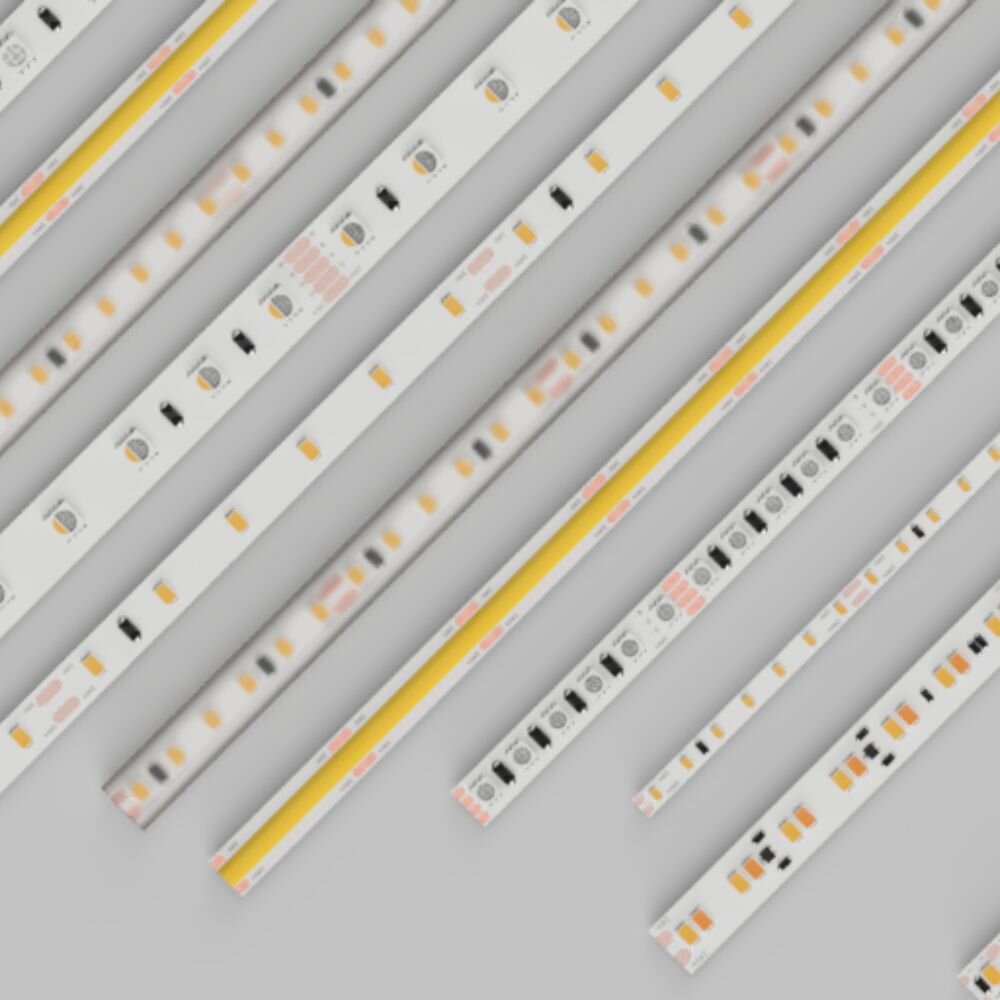
The Complete Buyers Guide to LED Strips
In this buyers guide we shall take you through our ranges of LED strip lights to help identify the right choice for you and your project requirements. The ranges we shall be covering are:
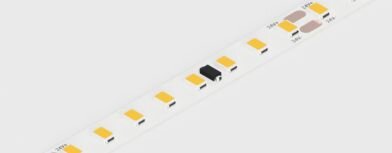
White Strip Light
Options to suit all applications and budgets. Colour temperatures from Extra Warm White 1900K to Cool White 6500K.
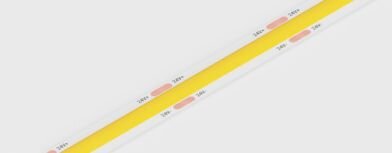
COB
Market leading spot-free technology. We stock a variety of options including white, single colour, RGB, CCT, RGB+W, RGB+CCT and Digital Pixel.
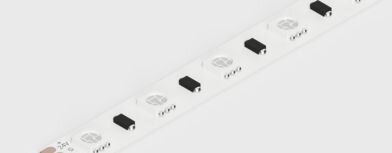
RGB
Choose from 16 million colours. Our range is available in various styles, voltages and water resistant ratings.
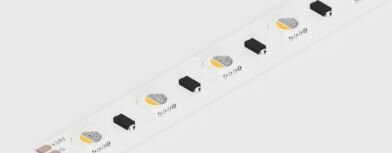
RGB+W
Create a range of light effects from a single strip light. Colour changing solutions with dedicated white LED chips for a crisp white light.
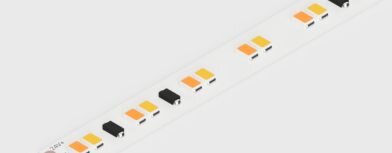
CCT
Adjust from Warm White 2700K to Cool White 6000K with our colour temperature adjustable LED strip lights.
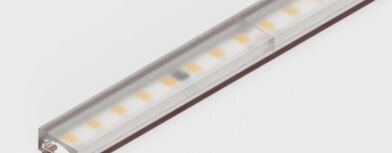
Water Resistant
Designed for environments where moisture exposure may occur. Available in a multitude of colour options and ratings including IP65, IP65 Nano and IP67.

RGB+CCT
Huge variety from a single strip light. Colour changing capabilities plus dedicated white LED chips to adjust between 2300K and 6500K.
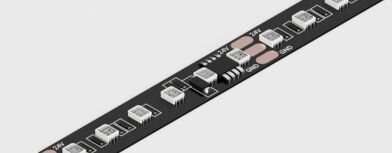
Pixel
Programmable RGB lighting. Designed with performance and reliability in mind. Create stunning chasing, pulsing and animated light effects.
Things to consider when choosing your LED tape:
Voltage
Due to the lower amount of energy that is required to power LEDs, they require a much lower voltage supply than the 240 AC mains voltage - usually around 12-24 volts. All our tapes require either 12 or 24 volts of direct current, which is why you need a compatible LED driver to power them. Learn more about LED drivers here.
Wattage
The wattage of a tape or bulb refers to the amount of power it consumes. It is typically measured in watts per metre (W p/m). Depending on the componentry used, some LED tapes are more efficient than others, i.e. some use more energy to achieve the same light output, which is measured in lumens per watt (lm p/W.
When buying a tape, it is important to buy a driver with a sufficient wattage capability to power it. Learn more about powering your tapes in our Drivers Buyers Guide.
Luminosity
Due to their wattage being much lower than traditional lighting methods, the brightness of an LED is typically measured in lumens (lm). To give you a gauge of comparison a traditional 60w halogen bulb gives off the equivalent of around 700 lumens. The efficiency of a tape is demonstrated by the lumens it produces per watt of energy required to power it (lm p/W). For secondary, ambient lighting the LED tape can be low to medium brightness. For primary lighting installations a higher brightness tape is recommended.
LEDs per metre
The number of LED pixels per metre of tape determines it’s brightness. This typically varies from 240 per meter on Optiprofile tapes to 60 per meter in the Eco Bright range. The more spaced out the LEDs are the more likely the tape is to produce an undesirable spotted lighting effect when installed in a channel rather than a continuous linear one.
Colour Temperature

Our white LED strip lights are available in the full spectrum of temperatures from flame white (2000K) to cool white. The warmth of a light is measured on the Kelvin scale, with warm white being the most popular and reading around 3000K.
Warm LED strip lights give a yellowy glow and are best suited for achieving ambient, cosy, relaxing atmospheres. Cool white tapes give off a bright, clean, white light and often read around 6000K on the Kelvin scale.
These strip lights are more suitable for office spaces and areas in the home where tasks are performed due to their similarity to natural daylight and their ability to improve concentration.
Neutral white lights read somewhere in the middle, around 4000K and are most similar to natural daylight.
CRI
Short for Colour Rendering Index, CRI measures the ability of a light source to reveal the colours of various objects faithfully in comparison with an ideal or natural light source.
LED strip lights are therefore best suited for colour-critical applications such as museums, maternity wards and product displays. Learn more about CRI here.
IP Rating
Some LED tapes are available with waterproof capabilities, making them suitable for use outdoors or in installations where some splashing may occur.
IP65 strip tapes are considered splash proof, whereas IP67 is fully submersible up to 1 metre subject to correct installation. Learn more about IP ratings here.
Installation – Plug & Play or Professional
Plug & Play
These strip lights are ideal for projects where time is of the essence, or in DIY projects where the installer hasn't any prior electrical knowledge.
We offer the Syndeo system. It is a easy to install, plug and play system with power supplies, strip lights and sensors available. No soldering or hard wiring required, simply plug the components together and turn on.
Professional
Our professional range of strip lights and versatile and come in a wide range of specifications. They can be cut to length and require soldering and hard wiring into an LED driver.
These strip lights are better suited to those with electrical experience and qualifications.
LED Drivers
You will need a driver that corresponds to the voltage and wattage of the tape you are using, i.e. a 12V tape will require a 12V driver and a 24V tape will require a 24V driver.
The driver also has to have sufficient wattage to power your length of tape, which can be worked out using a simple formula explained in this Drivers buyers guide.
LED Profiles
In order to ensure LED tapes last as long as possible, they are often installed within an aluminium profile. These channels act as a heat sink to help prevent the LEDs from burning out, as well as protecting the tape from getting damaged.
Combined with a diffuser to evenly disperse the light, profiles can be a great way to ensure a sleek finish of continuous linear light. Learn more about aluminium profiles here.





